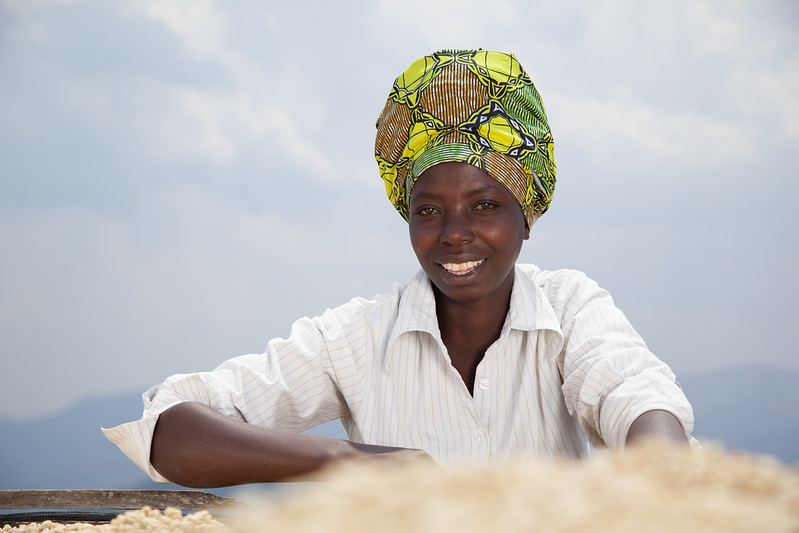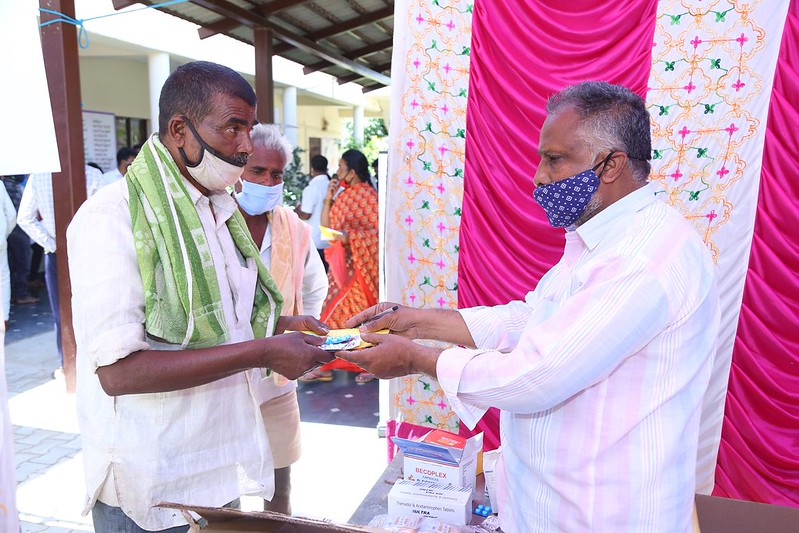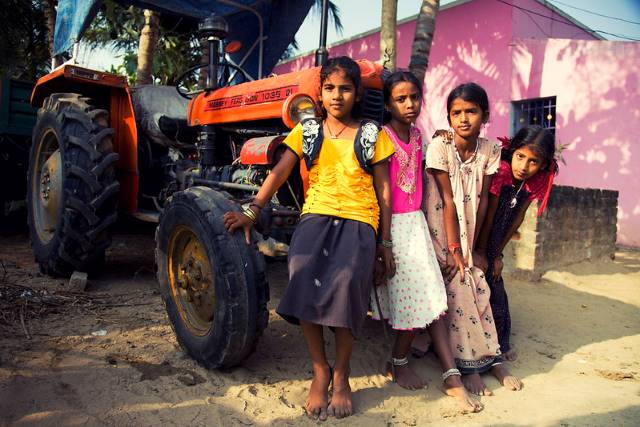 The distance to school, in many contexts around the world and particularly in remote, rural locations across developing countries, is one of the most obstructive barriers to education access for vulnerable primary-level children. According to the World Bank, “The single most important determinant of primary school enrolment is the proximity of a school.” Stated that as the distance between school and home grows, so, too, does the likelihood that a child will not have a chance to enroll or attend. The negative implications in such scenarios are apparent.
The distance to school, in many contexts around the world and particularly in remote, rural locations across developing countries, is one of the most obstructive barriers to education access for vulnerable primary-level children. According to the World Bank, “The single most important determinant of primary school enrolment is the proximity of a school.” Stated that as the distance between school and home grows, so, too, does the likelihood that a child will not have a chance to enroll or attend. The negative implications in such scenarios are apparent.
Education Above All Foundation
Since its inception in 2012, the Education Above All Foundation’s (EAA) Educate A Child (EAC) program has focused its energies on working in partnership to design interventions that address the range of barriers out-of-school children (OOSC) face. These efforts create opportunities for marginalized children to access quality primary education. That said, the mission has certainly not been a well-paved road, void of problems or pitfalls.
Yet, by holding fast to a set of core values, the EAA Foundation has shaped its development efforts, particularly by recognizing what works and building on effective strategies that produce results for the hardest-to-reach children. Early on, the EAA Foundation understood that the barriers that keep millions of children out of school, whether due to distance, poverty or other challenges, can “exist in different locations within a country or even within a single location, indicating the need for a variety of approaches and partners to address these challenges.”
That perspective has enabled the program to remain aware of real-world challenges that will inevitably arise while staying open to a variety of solutions—no matter the form they take—even when addressing the same persistent barrier. By now, it is clear OOSC will not benefit from one-size-fits-all approaches; their situations require tailored solutions. With this in mind, the EAA Foundation has recognized the merit of simple yet impactful interventions that have proven effective over the years and contributed significantly to reducing education exclusion.
A Critical Combination
Across the globe, where children on the margins find themselves several kilometers from the nearest classroom, the EAA Foundation and its partners rely on a critical combination of technical expertise and local knowledge to support the will of OOSC to realize their right to education. For instance, to address the distance barrier, the program has helped provide bicycles for children who might otherwise have no recourse but to drop out in Cambodia, The Gambia and Zambia.
This was achieved through respective joint initiatives with Action Education, the United Nations Children’s Fund (UNICEF) and World Vision. A buddy system where children travel in groups to and from school, with older peers offering guidance and groupings of mothers helping to ensure safe passage, has been introduced with effect in Nepal with United World Schools.
The Story of Tanzina
Tanzina, from Bangladesh’s remote Sunamganj District, a region prone to severe flooding, especially during monsoon season, grew up in a community where tradition and securing livelihoods against rising water levels often took priority over education. Moreover, traditional school buildings are generally impractical in the area’s natural floodplain.
As a result, young Tanzina had very limited opportunities to ever sit in a classroom. Nonetheless, through her own determination and a boat school initiative implemented in partnership with BRAC, which picks up children, holds classes on the boat and drops them off at home each day, Tanzina was finally able to realize her right to education.
Final Remark
It is remarkable how simple solutions and innovations in the most remote communities can have such an outsized impact on children who face daily challenges, like long distances to the nearest school, through no fault of their own. This serves as a reminder to be creative and seek solutions that fit the local context. After all, where there’s a will, there’s a way.
– Mary Joy Pigozzi, Executive Director, Education Above All Foundation’s Educate A Child Program.
Photo: EAA



 It has been 30
It has been 30



 In India’s vast and diverse health care landscape, technology emerges as a powerful tool to bridge the existing gaps, especially for the rural poor grappling with the challenges of poverty. As India endeavors to provide comprehensive medical care to all its citizens, leveraging technology for rural health care becomes imperative and a lifeline for those living on the fringes.
In India’s vast and diverse health care landscape, technology emerges as a powerful tool to bridge the existing gaps, especially for the rural poor grappling with the challenges of poverty. As India endeavors to provide comprehensive medical care to all its citizens, leveraging technology for rural health care becomes imperative and a lifeline for those living on the fringes. As of 2020,
As of 2020,